Optimal Timing for Field Clearings
Field clearings are essential for land management, agriculture, and development projects. Timing these activities correctly can optimize results, reduce costs, and minimize environmental impact. Understanding seasonal patterns and environmental conditions is crucial for effective field clearing operations.
Late winter and early spring are often ideal, as the ground is thawed but vegetation has not yet fully grown.
Dry weather periods reduce soil compaction and erosion risks, making these times preferable for clearing activities.
Clearing before peak growth season minimizes the disturbance to mature plants and allows for easier removal.
Avoid clearing during periods of high soil moisture to prevent soil damage and compaction.
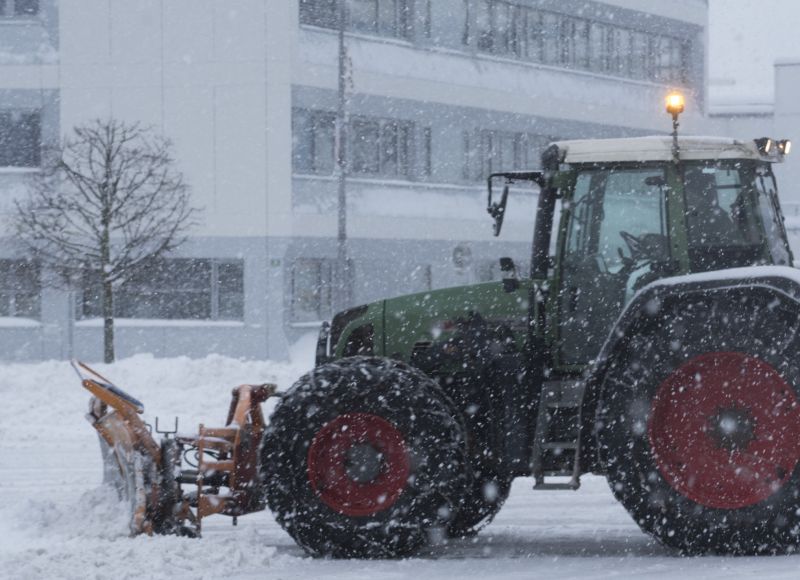
Frozen ground allows for easier removal of debris and reduces soil disturbance.

Vegetation begins to grow, making it an optimal time to clear before full bloom.
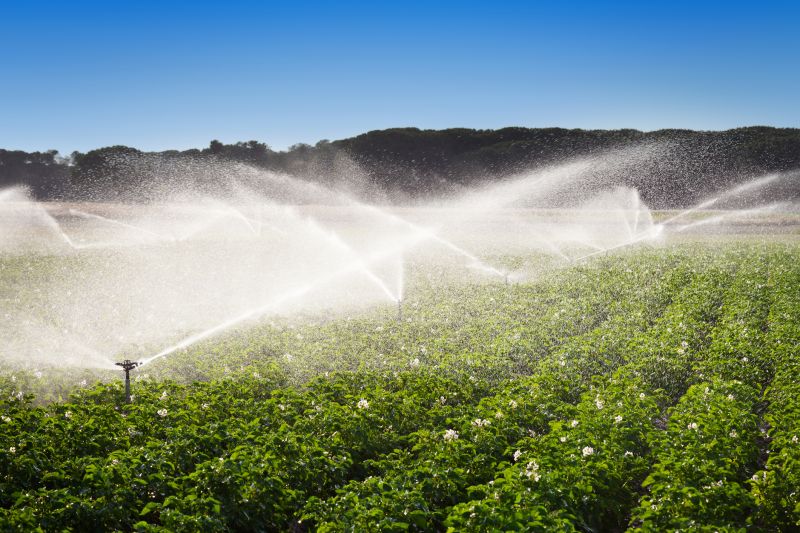
Low moisture levels in summer reduce soil erosion during clearing activities.

Ways to make Field Clearings work in tight or awkward layouts.
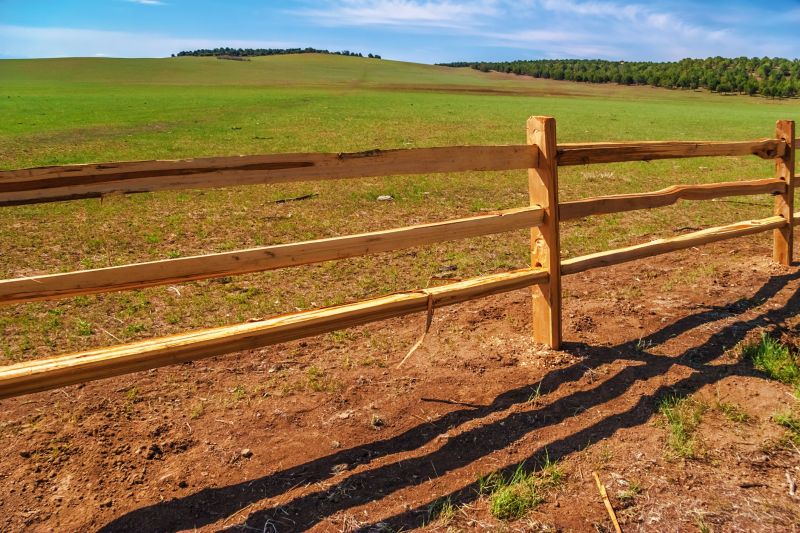
Popular materials for Field Clearings and why they hold up over time.
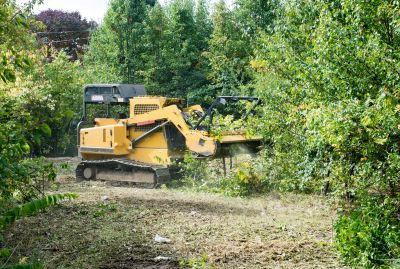
Simple add-ons that improve Field Clearings without blowing the budget.
| Season | Best Practices |
|---|---|
| Winter | Utilize frozen ground for debris removal; minimize soil impact. |
| Spring | Clear before full vegetation growth; monitor weather for dry conditions. |
| Summer | Schedule during dry spells; avoid high soil moisture periods. |
| Autumn | Consider environmental impact; avoid breeding seasons of local wildlife. |
| Fall | Prepare land for winter; avoid late-season clearing that may disturb dormant wildlife. |
Field clearings are a vital part of land management that require careful planning. Proper timing ensures that the process is efficient and reduces potential negative effects on the environment. Seasonal weather patterns, soil conditions, and local wildlife activity are key factors influencing the best periods for clearing activities.

Vegetation is just beginning to grow, making it easier to remove debris.

Dry weather minimizes soil disturbance during clearing.
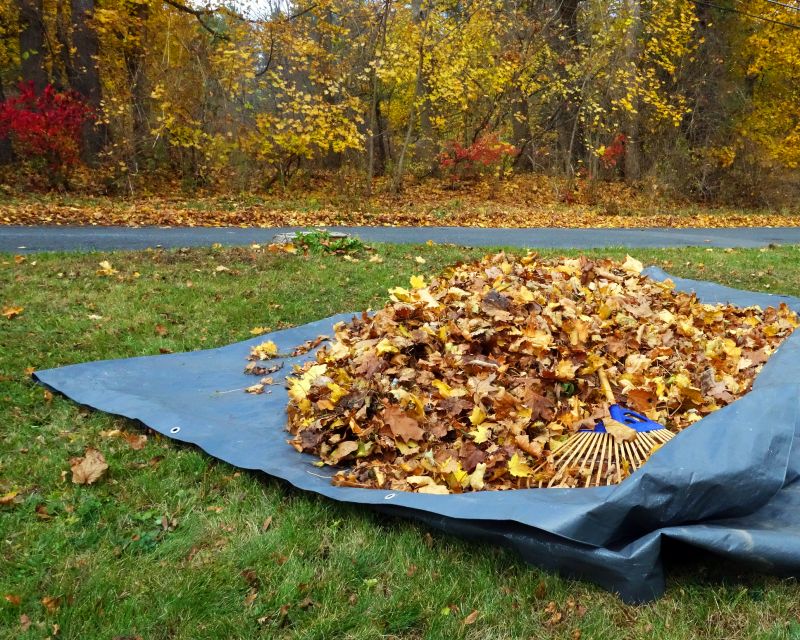
Preparing land for winter by clearing excess vegetation and debris.

Utilizing frozen ground for efficient and less invasive clearing.
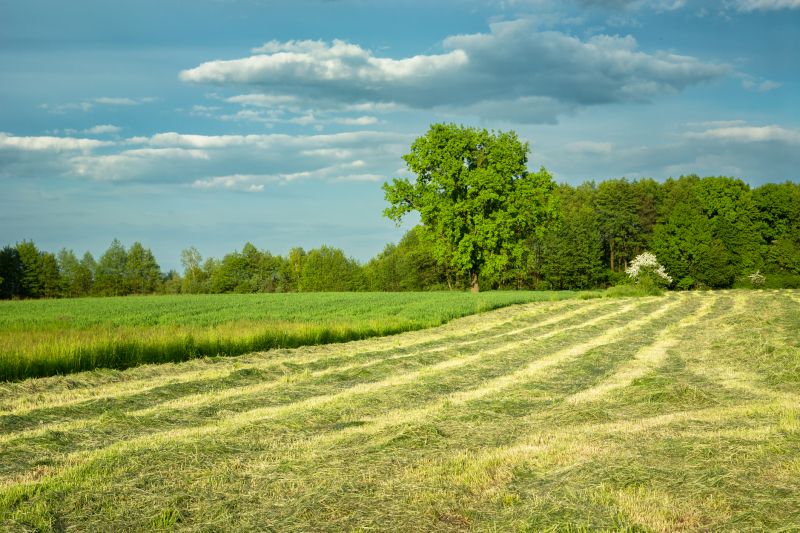
High-end options that actually feel worth it for Field Clearings.

Finishes and colors that play nicely with Field Clearings.

Little measurements that prevent headaches on Field Clearings day.

A 60-second routine that keeps Field Clearings looking new.
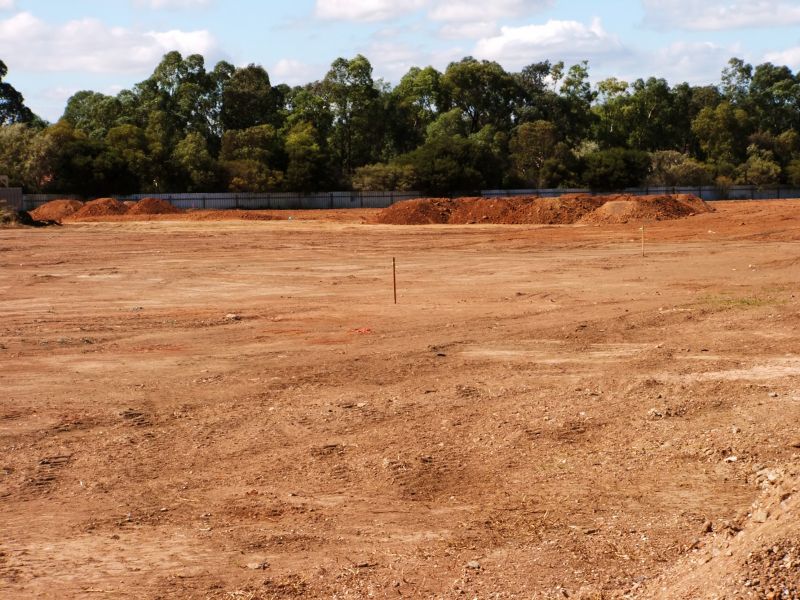
A frequent mistake in Field Clearings and how to dodge it.

Small tweaks to make Field Clearings safer and easier to use.

Lower-waste or water-saving choices for Field Clearings.
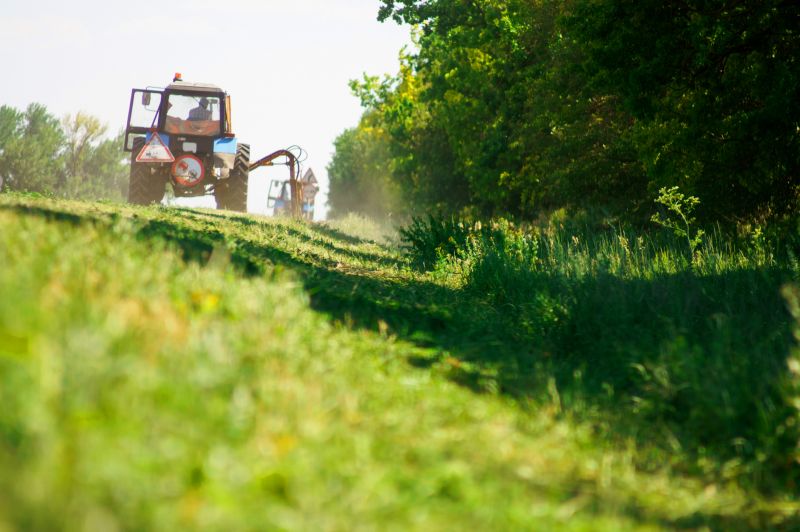
The short, realistic tool list for quality Field Clearings.
Interested parties are encouraged to contact for further information on scheduling and planning field clearings. Proper timing aligned with environmental and seasonal factors can enhance the efficiency and effectiveness of land management efforts.
